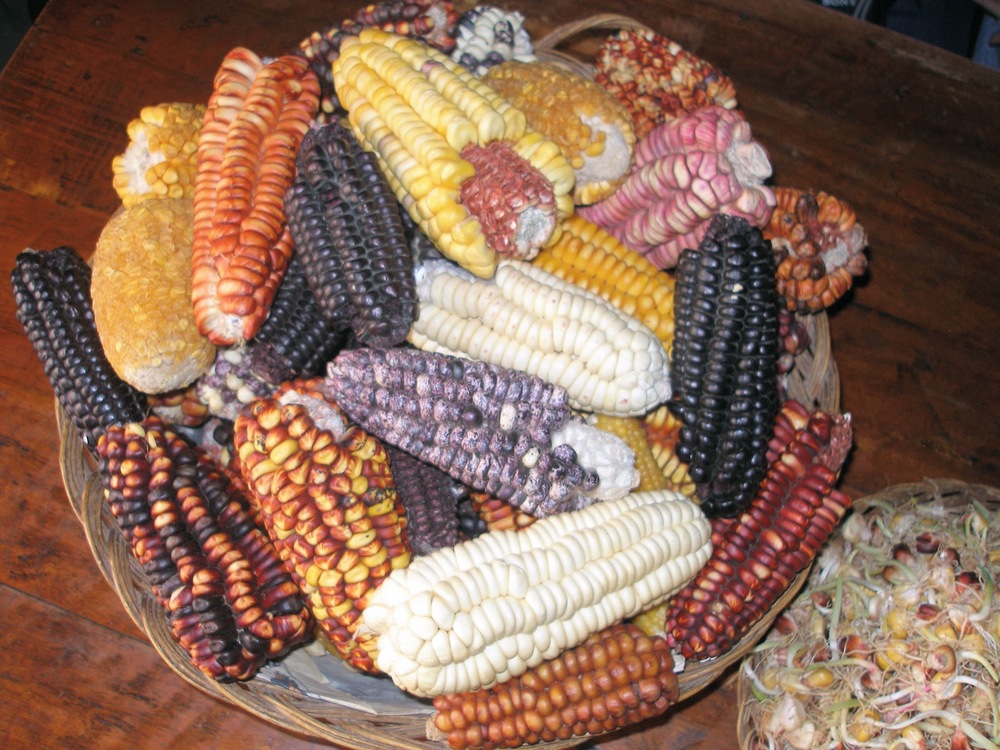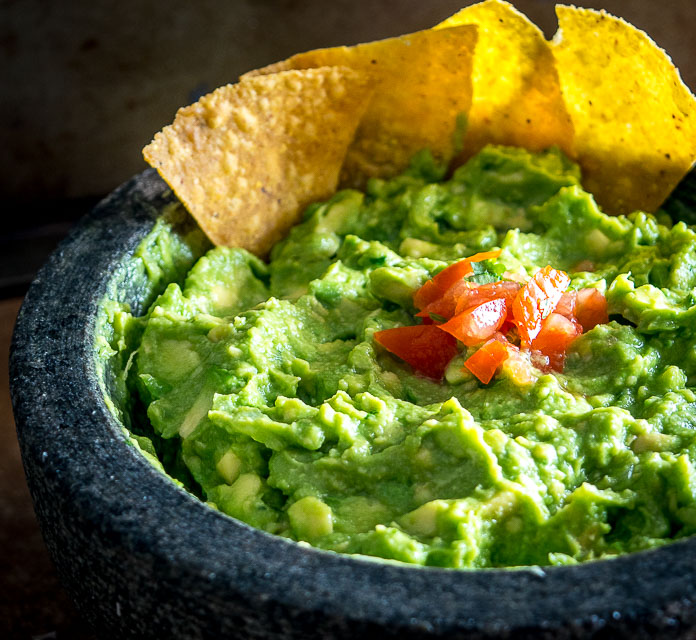Despite being a warrior society, the Aztecs had several accomplishments and inventions, many of which modern society still uses. They expanded their empire and ruled millions of people, increasing their territories and wealth through tributes and commerce.
Due to their need for a place to live, they expanded the swampy land available to them by creating chinampas or artificial islands, allowing them to farm. They built their capital city, sustained it with a double aqueduct system for fresh water, and protected their land from floods with a long dike. They had highly skilled engineers and doctors with vast knowledge about medicine and surgeries.
They brought to the world several things – chocolate, chewing gum, popcorn, guacamole, red dye, and the precursor of soccer, ullamatiztli. They also used chia seeds and spirulina, and other healthy foods that are popular today. Moreover, they were the first to require compulsory education for all children.
Aztec Empire

The creation of the Aztec Empire was one of the greatest achievements of the Aztecs, the last Mesoamerican culture before the arrival of the Spanish conquistadors. When they settled on the two swampy islands in Lake Texcoco, the area was small. They built their capital city, Tenochtitlan, in 1325 AD. Using chinampas, the Aztecs increased the size of the city to 13 square kilometers (5 square miles), making Tenochtitlan one of the world’s largest cities. At its height, the city housed 140,000 inhabitants.
Through marriage and political alliances, and commerce, the Aztecs built a prosperous empire due to tributes from the city-states they conquered. They ruled about 38 provinces, 400 to 500 small states, and about five to six million people. The empire covered an area of more than 207,200 square kilometers (80,000 square miles), from the Gulf Coast to the Pacific Ocean and down south to Guatemala.
Chocolate

Cacao beans were precious to the Aztecs. For one thing, they used the cacao beans as currency. In addition, Aztecs created xocoatl or bitter water, which most nobles drank. It was a spicy hot chocolate concoction that was a mix of cocoa beans, water, chilies, and corn flour. For the Aztecs, cacao was a gift from their gods, and they used cacao for their ceremonial activities. The wealthy and nobility drink their xocoatl regularly, while the poor people, who created the drink, saved their cocoa beans so they could use them to pay tribute or buy other things.
Cacao trees did not grow in the region where the Aztecs lived. So the credit for the discovery and cultivation of cacao belonged to earlier Mesoamerican civilizations. But the dominance of the Aztec Empire caused cacao to reach new heights, and the name they gave the precious beans stuck, which later evolved into chocolate.
Popcorn

Maize was very important to the Aztecs as this was their primary source of nutrition. They used maize for tortillas, tamales, and other dishes. In addition, they offered maize to their gods for a successful harvest and to ensure the safety of their people. They even have a specific god for maize – Centeotl. They also honor a rain god they called Tlaloc.
Popcorn was not an Aztec invention. However, when Hernan Cortez and the conquistadors arrived in the New World, they encountered the Aztecs who used popcorn to decorate their ceremonial dresses. The people participating in dances and festivals dedicated to Tlaloc added strings of popcorn as decoration for their costumes and headdresses. Likewise, the dancers wore popcorn garlands. The Aztecs thought that popcorn looked like hailstones, and they prayed to their gods to keep their fishermen safe and give them enough rain for their crops to grow.
Universal Education

The Aztecs introduced universal education, requiring mandatory education in schools and homes. They mandated that they must educate every child. However, they still have two different schools – one for the noble class (calmecac) and one for the commoners (telpochcalli). Education started at home. From the age of four or five, the boys must learn and work with their fathers to learn fishing, farming, or their father’s trade. Young girls must know all the tasks to run a household.
Every child must learn huehuetlatolli (collection of sayings). At age 15, everyone attended school. Girls learned craftwork, dancing, singing, religious rituals, and household chores. Sons of commoners learned a craft or trade, military fighting techniques, agricultural skills, religion, and history. Sons of nobles learned how to be leaders, teachers, codex painters, or priests. They learned military arts, architecture, geometry, astronomy, history, theology, poetry, and statesmanship, preparing them to work in temples and government.
Guacamole

Long before the Spanish came, the Aztecs already had guacamole, derived from āhuacamolli, a Nahuatl word for avocado sauce. The Aztecs loved avocados because the fruit gave them fat and protein that they did not get from their regular diet. Avocado trees are widely grown in the region. Likewise, the Aztecs believed that guacamole was an aphrodisiac. They called the fruit āhuacatl, a Nahuatl term for testicles. It was unclear if they used the word because avocados grow in pairs.
Traditionally, the Aztecs prepared guacamole by mashing the avocado flesh and adding tomatoes, chili, and cilantro in a traditional mortar and pestle (molcajete and tejolote), which they also used as the serving dish.
The Aztecs served guacamole to the Spanish conquistadors, who loved the dish. They even tried to grow avocado trees in Europe but failed. Over time, the Europeans and other nations added more ingredients to the dish.
Antispasmodic Medication

The Aztec physicians or tictils were quite accomplished, understanding the use of herbs for various ailments. Their knowledge was advanced because they could even perform surgeries. The Spanish conquerors were amazed at how well they treated warriors’ wounds during battle. They even knew how to set fractured bones. Aztec physicians did medical research, and one record stated that they used about 180 plants as medicine.
One of the medicinal cures they invented was an antispasmodic treatment, beneficial for surgical procedures. Antispasmodic medicine helps prevent muscle spasms by relaxing the muscles. They used the passion flower, which, until today, is used as a natural treatment for high blood pressure, epilepsy, and insomnia because of the flower’s calming properties. They dried the purple passion flowers for tea and used fresh or dried flowers for tinctures. They also used passion flowers as a sedative.
Chinampa

When the Aztecs arrived in the Valley of Mexico, the only lands left were two small swampy islands in Lake Texcoco. But they were ingenious and increased the size of the land by creating artificial islands called chinampas, which some interpreted as floating gardens. By increasing their land, the Aztecs could engage in agriculture and farming, which was critical.
They created the chinampas by staking out rectangular land areas in the shallow bed of Lake Texcoco and wove the stakes with branches, twigs, and reeds. They layered the fenced-off areas with lake sediment, decaying vegetation, and mud, bringing the artificial islands above the lake’s surface. They planted willow trees around the chinampa’s perimeter to stabilize the land. The decomposing vegetation and the moisture from the lake fertilized and irrigated the artificial lands, allowing them to plant continuously. Records say that the Aztecs could produce seven crops each year.
Chicle or Tzictli (Chewing Gum)

The Mayans were one of the first people to discover the thick milky liquid sap from the sapodilla tree could harden and turn into gum. The Mayans called the sap chicle, while the Aztecs called it tzictli. Before the Spanish came, the Aztecs had established trade routes for chicle.
The Aztecs had two sources of sap. The tzictli sap came from the mountain chicle or the wild chicle, which was slightly sweet and had a pleasing texture. The other was bitumen, the black aromatic and flaky natural petroleum tar that washed up onto the shores of the Gulf Coast of Mexico. Some Aztec women mixed the bitumen with wild chicle to prevent the former from crumbling when chewed.
In the Aztec society, only young children and unmarried women could chew gum in public. Married and older women could only chew gum in private, while men were not allowed to use them.
Ullamaliztli

The Aztecs played a ball game called ullamaliztli, which they played on a field called tlachtli. The playing field was shaped like a large serif “I” and had walls about three times higher than the height of the players. Near the top of the walls were stone rings representing sunset and sunrise. The game’s goal was to shoot a small rubber ball representing the stars, moon, and the sun through the stone rings using only the elbows, knees, or hips.
The Aztecs elevated the game’s status, as only nobles could play it. But the game could get violent, and during halftime, they conduct human sacrifices. For example, a scoring team could try to rob the game’s spectators.
The audience participated in the game by betting. Although parents warned people since childhood about the evils of gambling, many citizens paid their gambling debts by selling themselves into slavery.
Red Dye

As a warrior society, the color red was essential to the Aztecs. The Spanish conquerors were amazed at the deep scarlet color of Aztec fabrics, which was something they had never encountered before. In Europe, they used madder red, extracted from the roots of the Rubia tinctorum plant that produced a paler red dye compared to what the Aztecs had.
The Aztecs’ source of their deep red dye was the tiny cochineal beetle (nocheztli) that lives on prickly pears. Their primary source of food was the juice from the tender leaves of the cactus. About one-fourth of the bug’s body contains carminic acid, which produces a deep red color. The Aztecs gather the tiny bugs by scraping them off the leaves. Then they dry the cochineal beetles and crush them. About 70,000 cochineal beetles produce one pound of dye. Finally, they add water to the cochineal powder to make the dye.